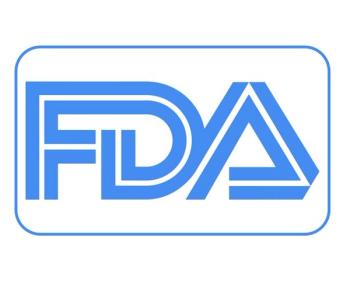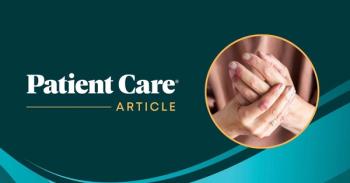
News|Articles|September 21, 2023
Daily Dose: Risky Alcohol Use Among US Adults Prescribed Alcohol-Interactive Medications
Author(s)Sydney Jennings
Your daily dose of the clinical news you may have missed.
Advertisement
Patient Care brings primary care clinicians a lot of medical news every day—it’s easy to miss an important study. The Daily Dose provides a concise summary of one of the website's leading stories you may not have seen.
Last week, we reported on a study published in JAMA that analyzed current patterns of risky alcohol use among US adults taking high-risk alcohol-interactive medications.
The study
Researchers identified 2141 adults in NHANES cycles 2013-2014, 2015-2016, and 2017–March 2020 taking 1 of the 3 classes of medications (72 drugs total), representing 11.4% of all US adults aged 20 years or older.
The primary outcome of interest was past-year risky alcohol use which investigators defined as presence of either any binge drinking (≥4 drinks on 1 occasion for women, ≥5 for men) or heavy weekly drinking (≥8 drinks per week for women, ≥15 for men). They also assessed subcategories of past-year use defined as any binge, heavy weekly drinking, and 12 binges or more. They characterized the prevalence of risky alcohol use across the overall NHANES population and among those taking alcohol-interactive medications.
Findings
Risky alcohol use. Prevalence of past-year risky alcohol use among all US adults was 34.0% and past month binge drinking was 23.4%.
Use among medication users. Prevalence of past-year risky alcohol use among adults taking the alcohol-interactive medications was 23.9%, and past-month binge drinking was reported by 13.8% of them.
Variation by drug class. Prevalence of any past-year risky alcohol use was highest among those taking benzodiazepines (28.6%), followed by those taking antiepileptics (20.2%) and opioids (17.5%). Prevalence among those taking multiple classes of these medications was 15.3%.
Authors' comment
"Less than 3% of primary care visits involved screening for alcohol use with guideline-recommended tools from 2014-2016. Use of alcohol-interactive medications should prompt screening and brief intervention for risky alcohol use. For persons concurrently using alcohol, harm reduction interventions should be considered, including consideration of alternative lower-risk medications."
Click here for more details.
Newsletter
Enhance your clinical practice with the Patient Care newsletter, offering the latest evidence-based guidelines, diagnostic insights, and treatment strategies for primary care physicians.
Advertisement
Latest CME
Advertisement
Advertisement
Trending on Patient Care Online
1
FDA Approves First Self-Administered Nasal Spray for Adults with PSVT, Milestone Pharmaceuticals Reports
2
Dupilumab Shows Higher 2-Year Drug Survival Than Other Targeted Therapies for Atopic Dermatitis
3
FDA Clears Prescription Digital Therapeutic LumosityRx for Adults with ADHD
4
Alzheimer Diseae Drug Development Shifts as Tau Antibody Research Falters
5

















































































































































































































































































